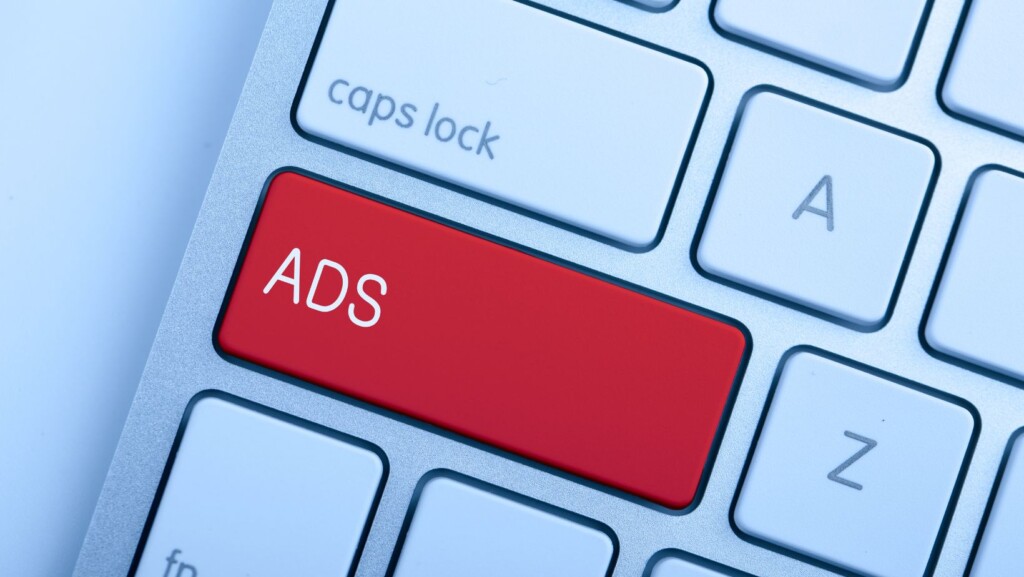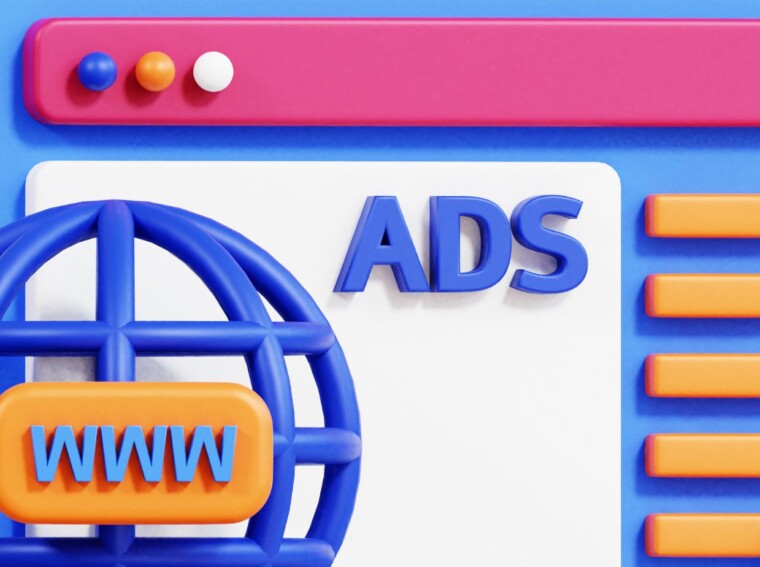In 2025, mastering Facebook ad optimization (now part of Meta Ads) is no longer optional it’s the foundation for efficient advertising. With AI-powered automation, audience signal improvements, and creative-first algorithms, Meta has redefined how performance marketers should think about optimization. Whether you manage small business ads or global campaigns, understanding how to optimize Meta ads effectively determines your ROAS, reach, and long-term brand growth.
To help you navigate this evolving ecosystem, here’s a Meta Ads Optimization Checklist that highlights the most effective areas to focus on this year.
Meta Ads Optimization Checklist (2025)
| Optimization Focus | Key Actions | Objective / Outcome |
| Campaign Structure | Segment campaigns by goal (awareness, traffic, conversion). | Improve algorithm learning |
| Audience Targeting | Use Advantage+ audiences and layered lookalikes. | Reach high-intent users efficiently |
| Ad Creative Optimization | Test formats (image, video, carousel, UGC) and hooks. | Increase engagement & CTR |
| Budget Distribution | Apply CBO (Campaign Budget Optimization) with data-based allocation. | Maximize cost efficiency |
| Bidding Strategy | Test Advantage+ Bidding or manual CPA/ROAS goals. | Balance automation and control |
| Ad Placement Optimization | Use automatic placements or refine based on performance insights. | Broaden visibility across Meta ecosystem |
| Analytics & Reporting | Connect Meta Pixel and GA4 for multi-channel attribution. | Improve conversion tracking accuracy |
| Creative Analysis Tools | Leverage AI tools like WASK Optimize or Meta Creative Hub. | Automate insights & ad improvement |
What Is Facebook Ad Optimization?
Facebook ad optimization refers to the continuous process of improving ad performance across Meta platforms (Facebook, Instagram, Audience Network, and Messenger). It involves refining targeting, creatives, budget allocation, and bidding strategies to achieve better reach, engagement, and conversion outcomes.
In simpler terms — optimization ensures your ads don’t just get seen, but that they inspire action.
Meta’s AI-driven ad delivery system automatically learns from every click, view, and conversion to identify which ads perform best. The advertiser’s role in 2025 is to feed the algorithm with high-quality data, structured testing, and strong creative direction.
Why Facebook Ad Optimization Matters in 2025
Meta Ads have become more complex — but also more powerful. In 2025, optimization determines whether you’re getting a $2 ROAS or $10 ROAS from the same budget. Here’s why it’s essential:
- Ad fatigue increases faster due to AI-suggested content repetition.
- Competition intensifies, especially in e-commerce, SaaS, and local services.
- Personalization algorithms reward brands with consistent data signals.
- Creative quality now directly impacts delivery performance.
Put simply, if you don’t optimize, the algorithm will — but not necessarily in your favor.
Core Strategies for Facebook Ad Optimization
Let’s explore the actionable steps that separate average advertisers from top performers.
1. Simplify Your Campaign Structure
Avoid over-segmentation. Meta’s AI thrives on data volume and learning consistency.
- Group campaigns by objective (e.g., lead generation vs. website purchases).
- Use Advantage+ Shopping Campaigns (ASC) for automated learning.
- Limit ad sets; focus on broad data signals over micro-targeting.
Pro tip: Meta now recommends fewer campaigns with broader audiences for stronger machine learning.
2. Optimize Audience Targeting
In 2025, Advantage+ audiences have replaced manual interest stacking.
- Use Custom Audiences for retargeting (site visitors, video viewers, email lists).
- Build Lookalike Audiences from high-LTV customers.
- Combine demographic filters with AI signals (behavior, engagement).
Automation handles scale, but human strategy ensures accuracy — always validate audience overlaps using Meta Ads Manager.
3. Enhance Ad Creative Performance
Creatives are now the most critical optimization factor. Meta’s system prioritizes ads with strong engagement signals (likes, saves, shares, CTR).
To optimize creatives:
- Test multiple formats: short-form video, UGC-style posts, carousels.
- Start with 3–5 variants per ad set.
- Use Meta Creative Hub or WASK AI Creative for idea generation.
- Monitor hook rate (first 3 seconds of video) — aim for over 35%.
Remember, creative fatigue is real. Refresh your ads every 2–3 weeks for active campaigns.
4. Refine Bidding and Budget Allocation
Meta’s Advantage+ Bidding has improved significantly in 2025, allowing advertisers to optimize automatically for CPA, ROAS, or value.
Still, testing is key:
- Use CBO (Campaign Budget Optimization) to allow flexible distribution.
- Set minimum ROAS limits to prevent budget waste.
- For high-spend campaigns, test manual bidding vs. AI-driven bidding.

AI handles the math — you handle the logic.
5. Optimize Ad Placements
Meta’s “automatic placements” are usually best for scaling, but advanced users can still fine-tune:
- Keep Feed, Stories, and Reels for conversions.
- Test Audience Network and Messenger for low-cost awareness.
- Use placement-level reporting to pause underperforming ones.
A small tweak here can increase CTR by 10–20%.
6. Leverage AI and Automation Tools
The future of Facebook ad optimization lies in integrating automation intelligently. Use:
- Meta Advantage+ Suite: Automatically tests creatives and budgets.
- WASK Optimize: Analyzes creative, targeting, and spend patterns to give AI-powered recommendations.
- Revealbot / Madgicx: Provides real-time automation triggers and performance alerts.
Automation accelerates growth, but review dashboards weekly to ensure alignment with your KPIs.
Most Practices for 2025
Here are the top best practices for Facebook ad optimization that separate high-performing campaigns from mediocre ones:
- Feed the algorithm with clean data. Ensure Meta Pixel and Conversions API are fully connected.
- Focus on quality over quantity. Fewer, stronger campaigns perform better than dozens of fragmented ones.
- Monitor frequency caps. High frequency = audience fatigue.
- Test creative variations weekly to maintain freshness.
- Optimize for post-click actions—not vanity metrics like impressions.
- Use AI creative scoring tools to predict performance before launching.
Tools to Supercharge Meta Ads Optimization
These tools streamline your process and improve decision-making:
| Tool | Primary Function | Best For |
| Meta Ads Manager | Core ad creation & performance tracking. | Daily campaign management. |
| WASK Optimize | AI-based ad optimization recommendations. | Creative & spend efficiency improvements. |
| Revealbot | Automation & rule-based scaling. | Large-scale advertisers. |
| Madgicx | Creative insights & predictive analytics. | Agencies & performance teams. |
| AdEspresso | A/B testing and bulk ad management. | Small to mid-size businesses. |
Common Mistakes to Avoid
Even experienced marketers fall into these traps:
- Ignoring creative fatigue signs.
- Overcomplicating audience segmentation.
- Relying only on advantage+ automation without strategy.
- Failing to monitor conversion attribution across devices.
- Neglecting performance insights from GA4 or CRM tools.
Optimization is about balance not over-automation.
Final Thoughts: The Human + AI Advantage
In 2025, successful advertisers embrace the hybrid model letting Meta’s automation handle routine optimization while focusing human creativity on strategy and storytelling.
Facebook ad optimization isn’t about beating the algorithm anymore; it’s about working with it intelligently. Keep testing, keep analyzing, and keep refining.
Your ads don’t just need reach they need *resonance
